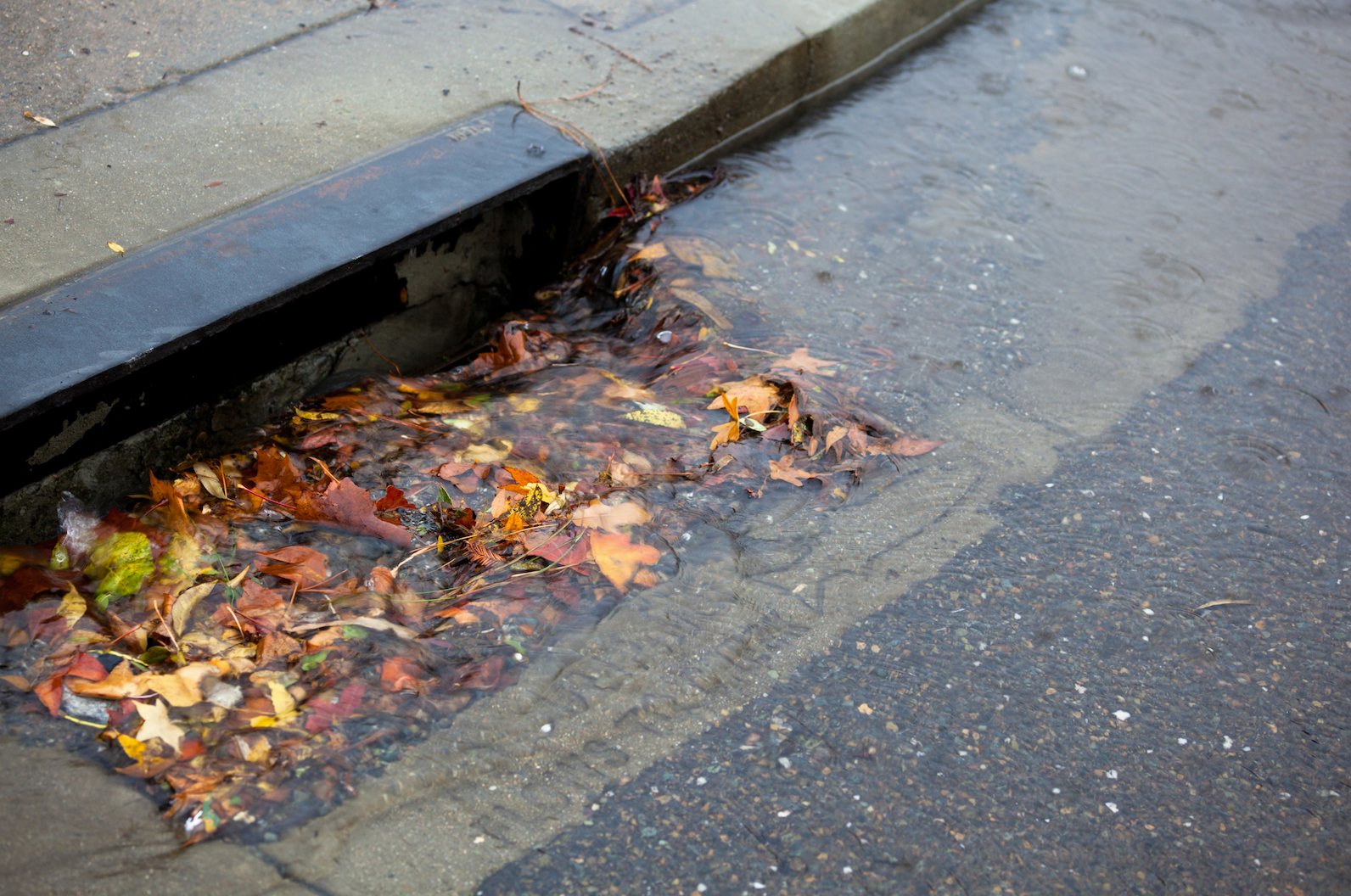Interested in Trucks?
Get Trucks articles, news and videos right in your inbox! Sign up now.
Trucks + Get AlertsCatch basins allow surface water runoff to enter the stormwater conveyance system, while trapping solids, sediments and other street-level contaminants that might otherwise end up polluting the receiving water bodies.
Catch basin cleaning
Catch basin cleaning is an efficient and cost-effective method for preventing flooding and removing the sediment and pollutants before they can get into the waterways. Regularly scheduled cleaning improves both aesthetics and local water quality. This can also include more frequent cleaning on known trouble spots, and during certain times of the year.
In most areas of the country, cleaning is recommended after leaves have fallen off the trees and after snow has melted. Cleaning and maintaining catch basins is especially important during rainy seasons when stormwater runoff is more frequent. This not only ensures that residents are satisfied, it also reduces interruptions of day-to-day functions.
To find out how much material has accumulated in the storage area of your catch basin, insert a long pipe or broomstick into the storm drain grate. Notice where the pipe or stick hits the debris and continue to the bottom to estimate the depth of accumulation.
The most common way of cleaning a catch basin is using a street sweeper, a combination sewer cleaner or a dedicated catch basin cleaner to vacuum out the debris. High-pressure water can also be used to thoroughly clean the sides and bottom of the catch basin. Dedicated catch basin cleaners and combination sewer cleaners generally have larger debris tanks, larger water carrying capacity, and longer boom reach than other solutions.
Cleaning catch basins has historically been a labor-intensive job requiring the operator to lift additional debris tubes off the racks, maneuver the truck’s boom and clamp the tubes into place, a process that can lead to operator fatigue. The combined setup and teardown procedure traditionally takes 15 to 30 minutes per site.
New boom technology has been introduced to the marketplace that can cut that setup and teardown time to a mere couple minutes. A patent-pending tube-within-a-tube design that can extend out 10 feet and extends the debris hose 15 feet down, eliminating the need for additional vacuum tubes to be attached and creating the length of hose required to properly clean deep catch basins. This new boom technology also helps reduce operator fatigue.
Being proactive and performing routine sewer and catch basin cleaning will prevent having to deal with bigger problems later.
Shared responsibility
Everyone is better off when we all help prevent things from entering our catch basins. The general public can help ensure catch basins function properly by following a few simple guidelines:
- Pick up any fertilizer, grass clippings, leaves or dirt on driveways and sidewalks after performing yard work. Hosing or blowing these materials into the street ends up in the catch basin and storm drain, and eventually into our waterways.
- Never dump chemicals, motor oil, pet waste, empty bottles/cans, dirty or soapy water, or any other liquids or solids down a catch basin or storm drain.
- Contact your city’s public works department if you notice standing water near a catch basin or storm drain after a rainfall, or if notice a catch basin that is covered with debris, clogged or damaged.
The ultimate goals of proactive catch basin maintenance are to improve the quality of life of residents, prevent costly repairs and system failures, and minimize inconvenience to residents and businesses.
To learn more about catch basin cleaning solutions available from Vactor Manufacturing, please visit www.vactor.com.







